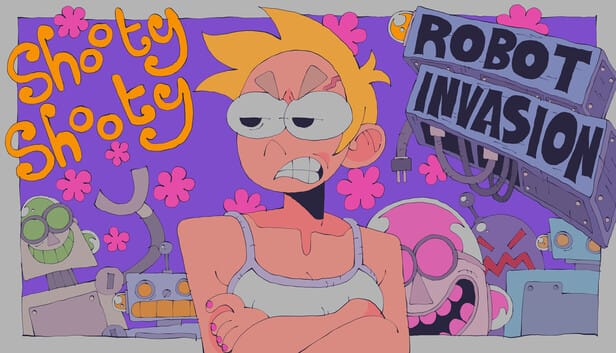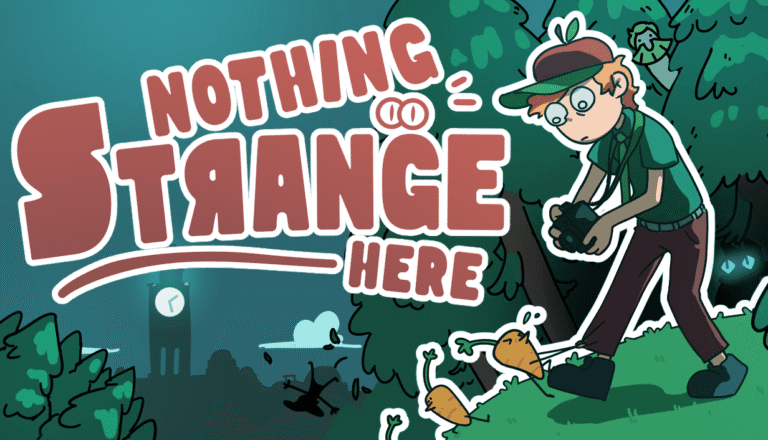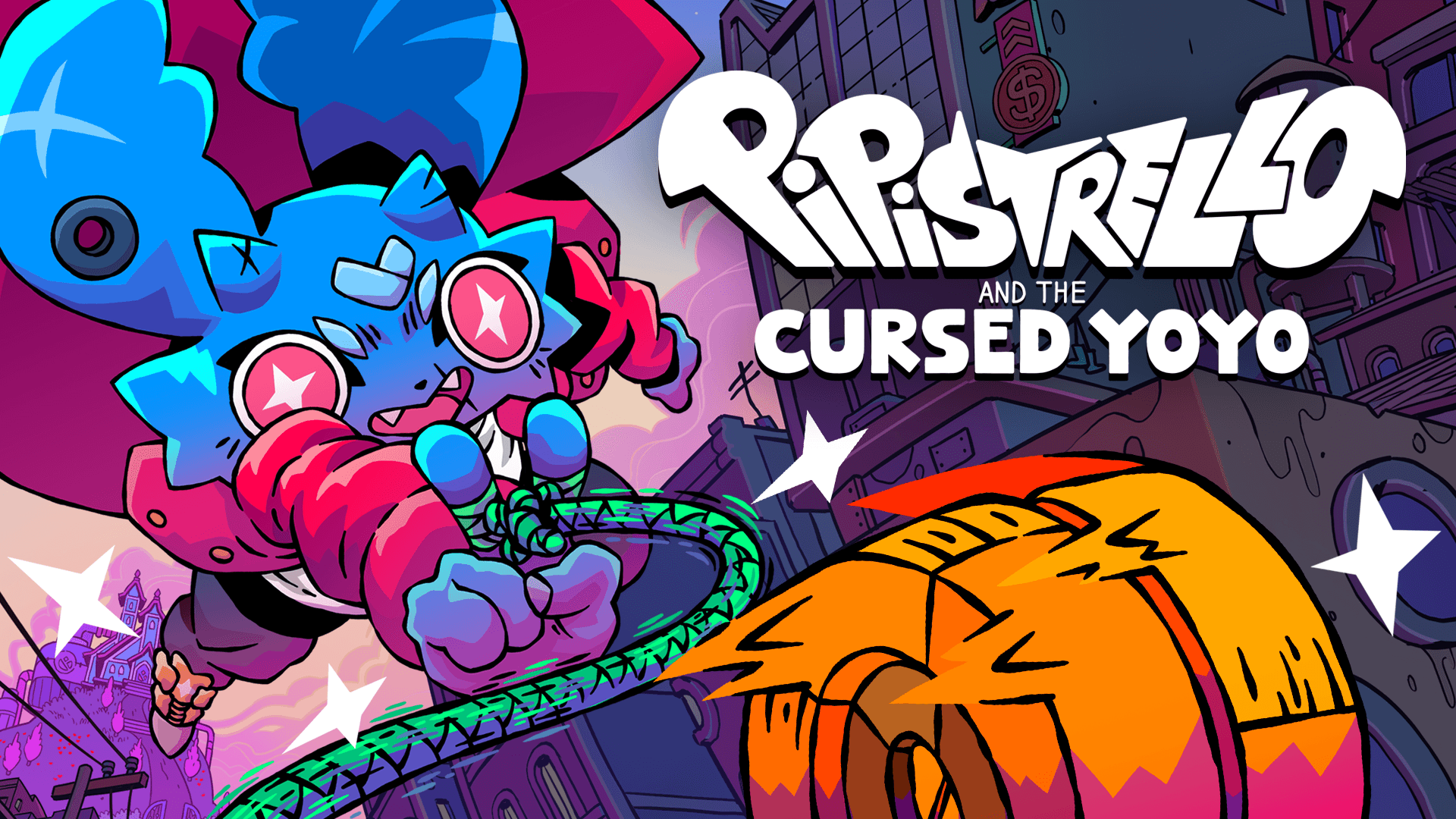
There’s something irresistible about a game that takes a childhood toy and transforms it into the centrepiece of a sprawling urban adventure. Pipistrello and the Cursed Yoyo does exactly that, serving up a nostalgic love letter to the Game Boy Advance era while proving that innovation doesn’t always require reinventing the wheel-sometimes it just needs the perfect string.
After spending considerable time with Pocket Trap’s latest offering on PC, I’m left with the distinct impression that I’ve experienced something genuinely special, even if it occasionally threatens to trip over its own ambitious design. This is a game that knows exactly what it wants to be and executes that vision with remarkable precision, even when that precision comes at the cost of accessibility.
What Is This Game About? Breaking Down the “Yoyovania” Genre
Pipistrello and the Cursed Yoyo bills itself as a “yoyovania,” which sounds like marketing nonsense until you actually experience it. The game takes the top-down exploration framework of classic Legend of Zelda titles-particularly A Link to the Past and Minish Cap-and infuses it with metroidvania progression elements. But calling it simply a Zelda clone would be reductive; this is a game that understands its influences while carving out its own distinct identity.
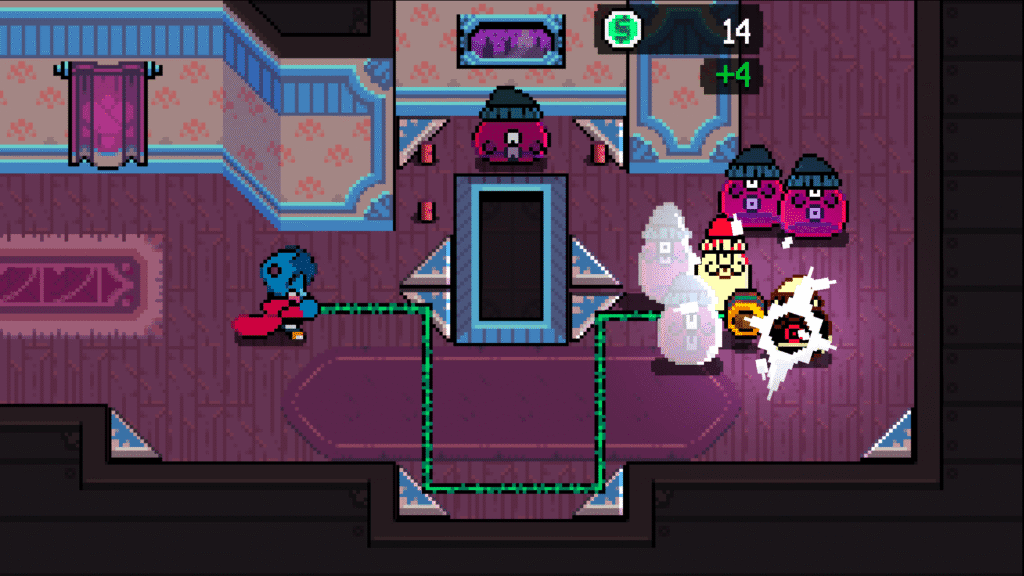
Set in a modern urban landscape that feels like a cross between a Saturday morning cartoon and a noir thriller, the game follows Pippit, a young bat whose yoyo aspirations are funded by his wealthy, tyrannical Aunt Madame Pipistrello. When crime bosses attempt to steal the aunt’s soul-powered battery technology, she becomes trapped in Pippit’s yoyo, imbuing it with supernatural powers and setting the stage for an adventure across four distinct city districts.
What immediately sets Pipistrello apart is its commitment to making every mechanic serve multiple purposes. The yoyo isn’t just a weapon-it’s a traversal tool, a puzzle-solving device, and the key to unlocking the game’s most creative moments. This multifaceted approach extends to every aspect of the design, creating a cohesive experience where combat, exploration, and puzzle-solving feel naturally integrated.
String Theory: A Story That Hits Different Notes
The narrative foundation of Pipistrello rests on a premise that’s both charming and morally murky. Pippit’s motivation for rescuing his aunt isn’t familial loyalty-it’s the cold reality that he needs his allowance to continue his yoyo pursuits. This mercenary approach to heroism runs throughout the game, creating a tonal complexity that’s refreshing in a medium often obsessed with black-and-white morality.
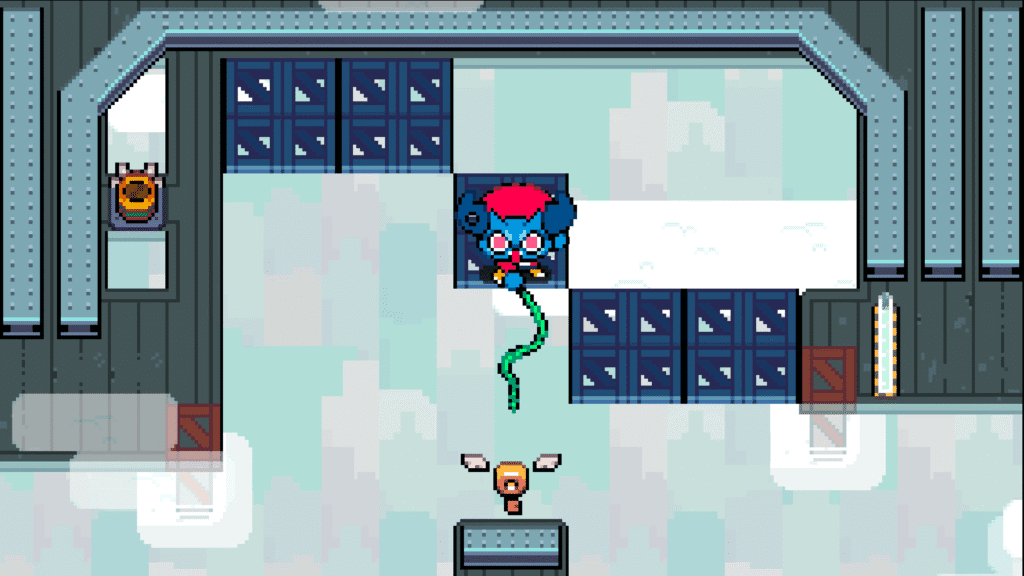
The writing consistently surprises with its wit and willingness to embrace its absurd premise. The banter between Pippit and his disembodied aunt crackles with authentic sibling-style antagonism, while the four crime bosses each bring their own distinct flavour of cartoonish villainy. The game never takes itself too seriously, but it’s smart enough to let genuine emotion creep in during key moments.
Where the story truly shines is in its world-building. Rather than generic fantasy dungeons, Pipistrello sends players through cosplay conventions, football stadiums, and corporate headquarters. This urban setting provides a fresh backdrop for familiar adventure game tropes and allows for some genuinely clever environmental storytelling. The city feels lived-in and authentic, even when populated by anthropomorphic animals engaging in supernatural corporate espionage.
The character development, while predictable in its broad strokes, benefits from strong voice acting and consistently funny dialogue. Even minor NPCs contribute memorable one-liners, and the game’s commitment to yoyo puns never feels forced or overbearing. It’s the kind of writing that earns genuine laughs while maintaining the emotional weight necessary for players to invest in the outcome.
Master of Strings: Gameplay That Elevates the Formula
The true genius of Pipistrello lies in how it transforms the humble yoyo into one of gaming’s most versatile tools. Starting as what appears to be a slightly extended sword attack, the yoyo gradually reveals layers of complexity that fundamentally change how you approach every encounter and puzzle.
The basic mechanics feel immediately satisfying. Throwing the yoyo off its string creates a persistent spinning projectile that can clear rooms while you focus on positioning. The bare string becomes its own weapon, capable of stunning and manipulating enemies in ways that complement the detached yoyo perfectly. But the real magic happens when you start combining these abilities with the game’s traversal options.
Yoyo parkour becomes increasingly important as you unlock new abilities. “Walking the dog” allows you to glide across water surfaces, while wall-grinding opens up entirely new pathways through the urban landscape. Each new technique doesn’t just gate off previously inaccessible areas-it fundamentally changes how you perceive the game world. Rooms that seemed impossible become trivial, while areas you thought you’d fully explored reveal hidden depths.
The level design deserves particular praise for how it accommodates this mechanical complexity. With over 1,000 screens spread across four districts, the game provides ample space for experimentation and discovery. More importantly, the designers have crafted challenges that reward creative thinking and sequence-breaking. Finding an unintended solution to a puzzle or discovering a clever shortcut feels genuinely rewarding rather than exploitative.
Combat strikes a careful balance between accessibility and depth. Early encounters can feel overwhelming, particularly given Pippit’s limited health and the brief invulnerability window after taking damage. However, the game provides extensive difficulty options that allow players to customize the experience without completely trivializing the content. I found myself frequently adjusting these settings throughout my playthrough, and the game never made me feel ashamed for doing so.
The boss encounters represent some of the game’s highest points, each requiring mastery of multiple yoyo techniques while incorporating clever environmental mechanics. These fights avoid the common trap of simply being damage sponges, instead challenging players to demonstrate their understanding of the game’s systems in creative ways.
Upgrade Your Game: The Badge and Debt Systems
Pipistrello’s progression systems deserve recognition for their thematic integration and mechanical sophistication. The badge system, clearly inspired by Paper Mario, allows for extensive customization of Pippit’s abilities. With over 40 badges offering everything from combat enhancements to quality-of-life improvements, there’s genuine depth in optimizing your loadout for different challenges.
The debt-based upgrade system represents the game’s most innovative feature. Rather than simply spending accumulated currency, upgrades require taking on loans that impose gameplay penalties until paid off. This creates interesting strategic decisions about which improvements to prioritize and when to accept temporary weaknesses for long-term benefits.
The system works particularly well because it ties into the game’s themes while creating meaningful player choice. Do you accept reduced attack power for increased badge space? Is temporary health reduction worth the promise of enhanced damage output? These decisions feel weighty because the penalties are immediately noticeable, making the eventual debt clearance genuinely satisfying.
Collecting the game’s 80+ hidden items provides additional motivation for thorough exploration. Unlike many games where collectibles feel like afterthoughts, Pipistrello’s secrets often require genuine puzzle-solving and creative application of your abilities. The hunt for BP Shards to increase badge capacity becomes particularly engaging as you develop mastery over the yoyo’s various functions.
The Good, The Bad, and The Yo-Yo
Pipistrello and the Cursed Yoyo succeeds brilliantly at its core mission of creating a modern classic that feels authentically retro. The Game Boy Advance aesthetic is pitch-perfect, with pixel art that manages to feel both nostalgic and contemporary. Guest composer Yoko Shimomura’s contributions elevate the audio design, creating a soundtrack that perfectly complements the visual style.
The game’s greatest strength lies in its mechanical creativity. The yoyo system is genuinely innovative, providing a fresh take on familiar gameplay elements while maintaining the accessibility that made classic Zelda games so beloved. The level design accommodates multiple solutions to most challenges, encouraging experimentation and rewarding mastery.
However, this complexity comes with significant drawbacks. The learning curve can be steep, particularly in the early hours when you’re still mastering basic techniques while facing increasingly aggressive enemies. The game’s difficulty spikes are real and noticeable, sometimes creating frustration that overshadows the joy of discovery.
The sheer density of mechanics can also work against the game. With so many abilities to track and combine, it’s easy to forget about certain options during crucial moments. The wall jump, in particular, seems to exist primarily to make players feel foolish when they finally remember it exists.
Who Should Step Into This Ring?
Pipistrello and the Cursed Yoyo will appeal most strongly to players who have fond memories of the Game Boy Advance era and appreciate games that prioritize mechanical depth over hand-holding. If you’re the type of person who enjoys slowly mastering complex systems and discovering creative solutions to environmental puzzles, this game was made for you.youtube
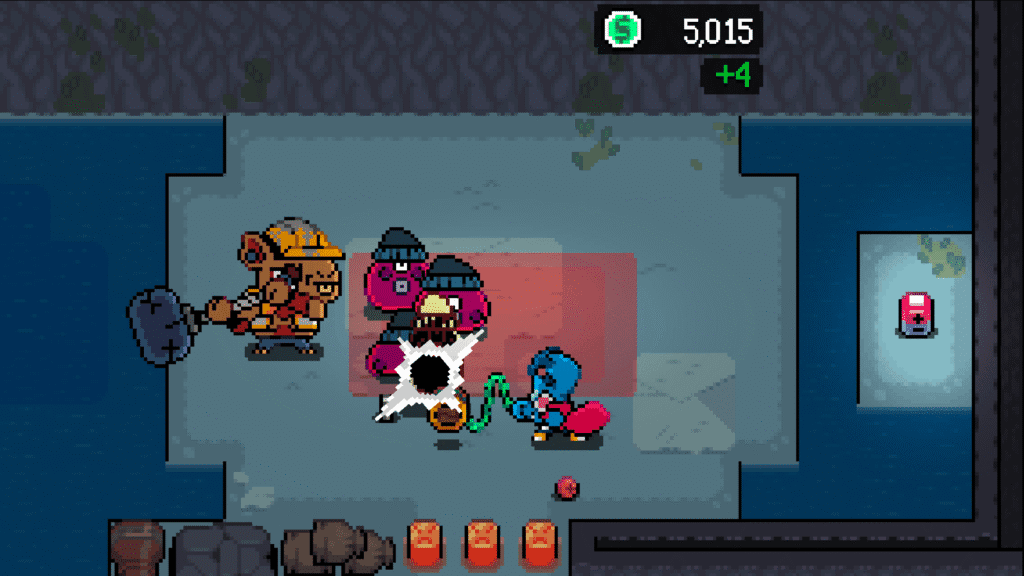
The extensive difficulty options make it accessible to a broader audience than its complexity might suggest. Casual players can enjoy the story and exploration while reducing the mechanical pressure, while hardcore enthusiasts can push the systems to their limits in New Game Plus mode.
However, players seeking a relaxing experience should probably look elsewhere. Even with difficulty adjustments, Pipistrello demands attention and engagement. The puzzles require genuine thought, the platforming challenges precise timing, and the combat rewards quick thinking over button mashing.
Fans of A Link to the Past, Minish Cap, or modern indies like Animal Well will find much to love here. The game successfully captures the spirit of exploration-focused adventure games while adding enough modern conveniences to avoid feeling antiquated.
Final Verdict: A String Worth Pulling
Score: 4.8/5
Pipistrello and the Cursed Yoyo represents the best kind of retro-inspired game: one that understands what made the classics special while having the confidence to innovate within that framework. The yoyo mechanics are genuinely transformative, creating a gameplay experience that feels both familiar and fresh.
Is it perfect? Absolutely not. The difficulty balance could be more consistent, some mechanics feel underutilized, and the moral ambiguity of the story might not resonate with all players. But these flaws feel minor compared to the game’s considerable achievements in creativity, polish, and pure mechanical satisfaction.
Pipistrello and the Cursed Yoyo earns a strong recommendation for anyone hungry for a substantial adventure game that respects their intelligence. It’s a game that rewards patience and experimentation while delivering the kind of “just one more room” compulsion that defines the genre’s best examples.
In an industry often focused on bigger budgets and grander spectacles, Pipistrello proves that innovation can come from the most unexpected places. Sometimes all it takes is a talented team, a clear vision, and the willingness to make a children’s toy into the foundation of something genuinely special. This little bat’s big adventure deserves your attention-just don’t expect it to go easy on you.
This review of Pipistrello and the Cursed Yoyo is based on the PC version, with a code provided by the game’s publisher.

